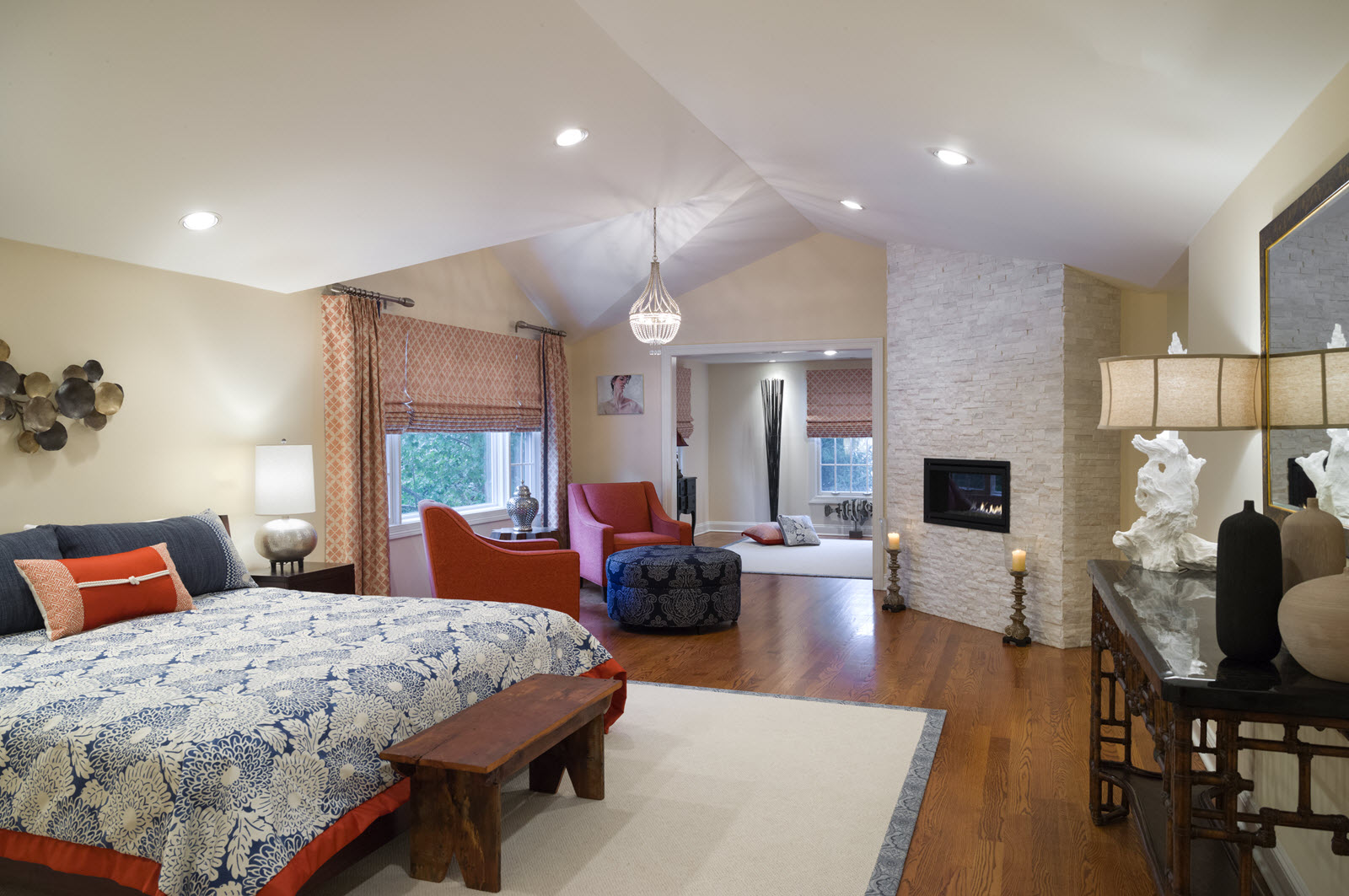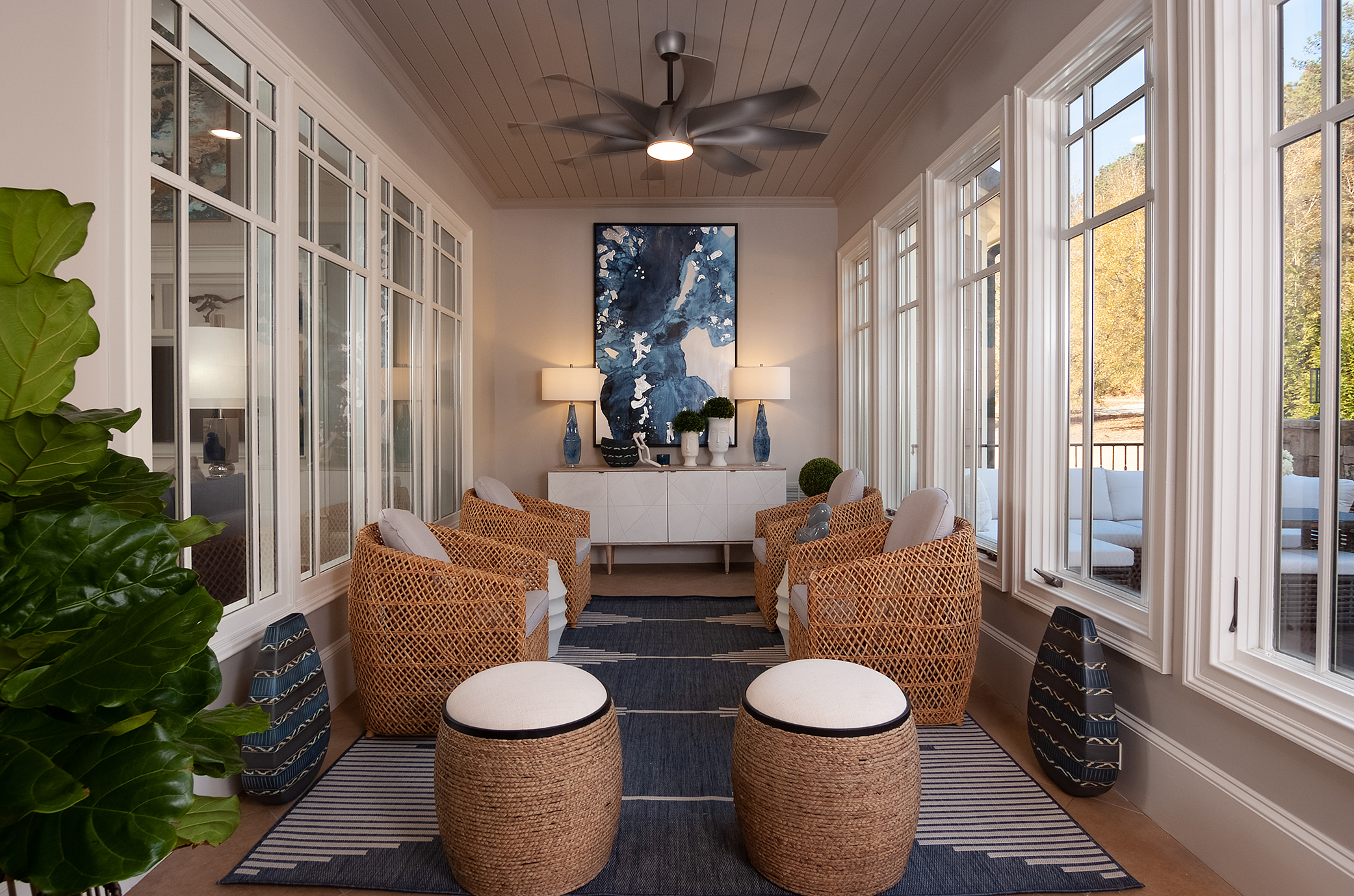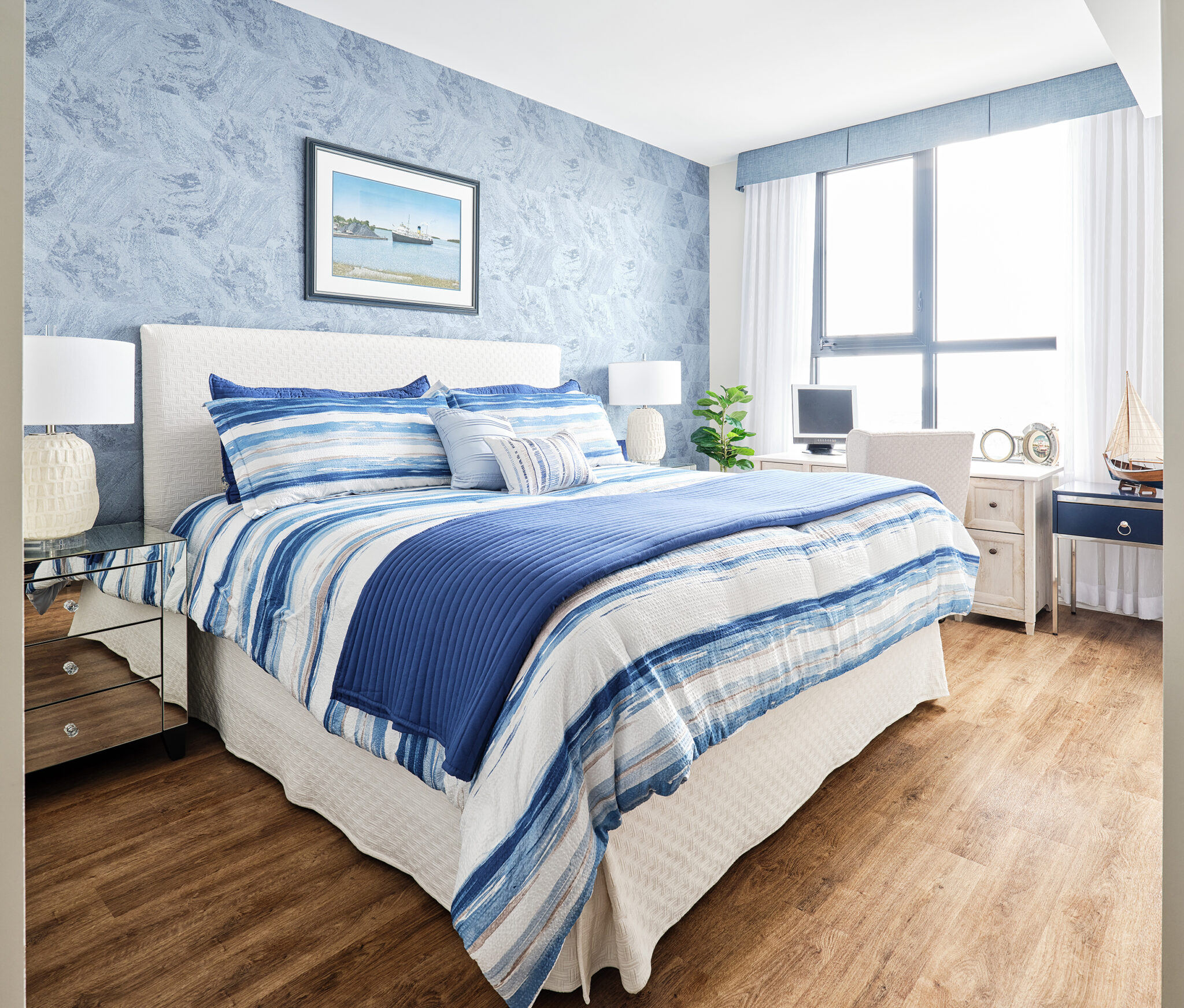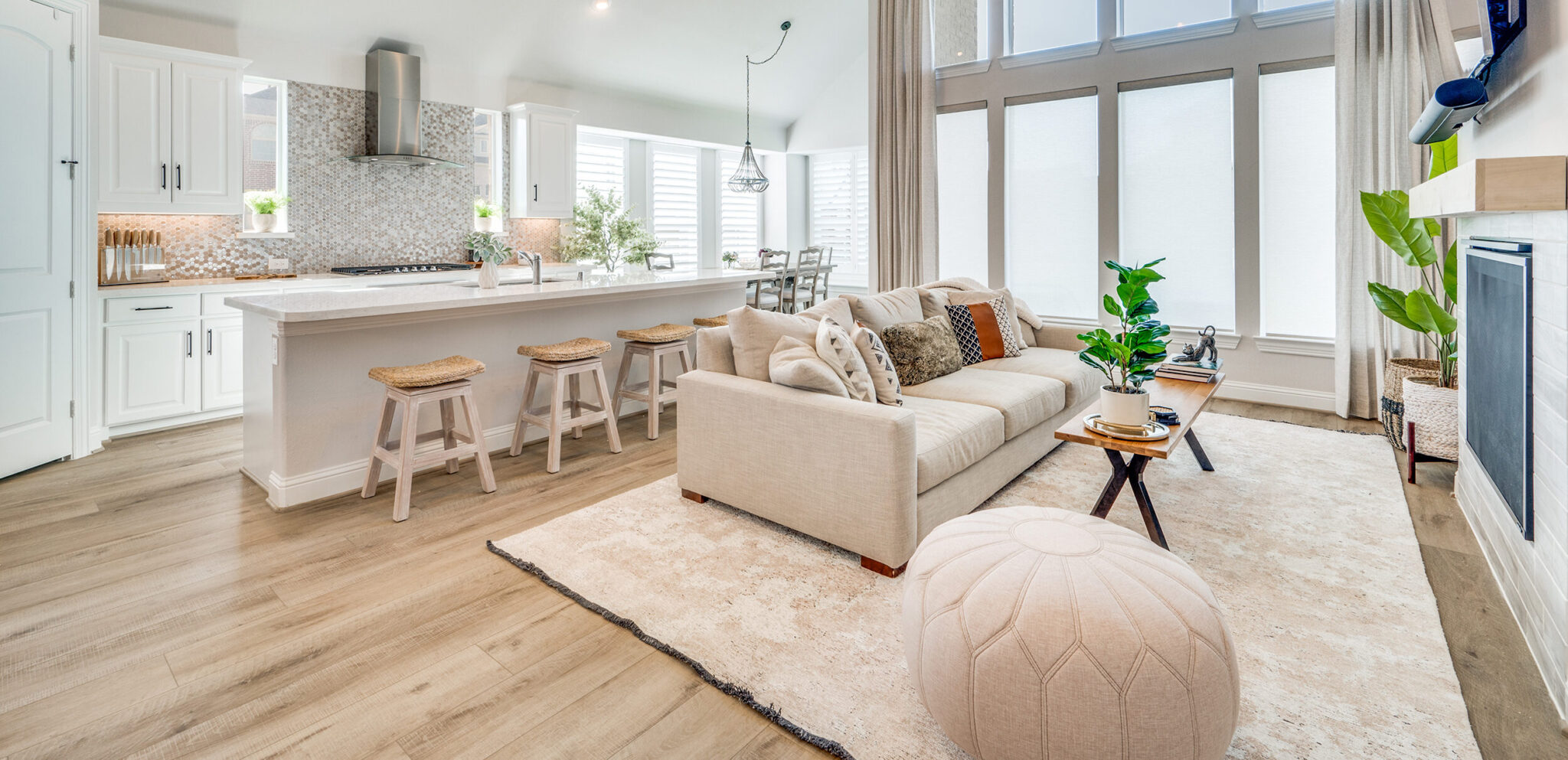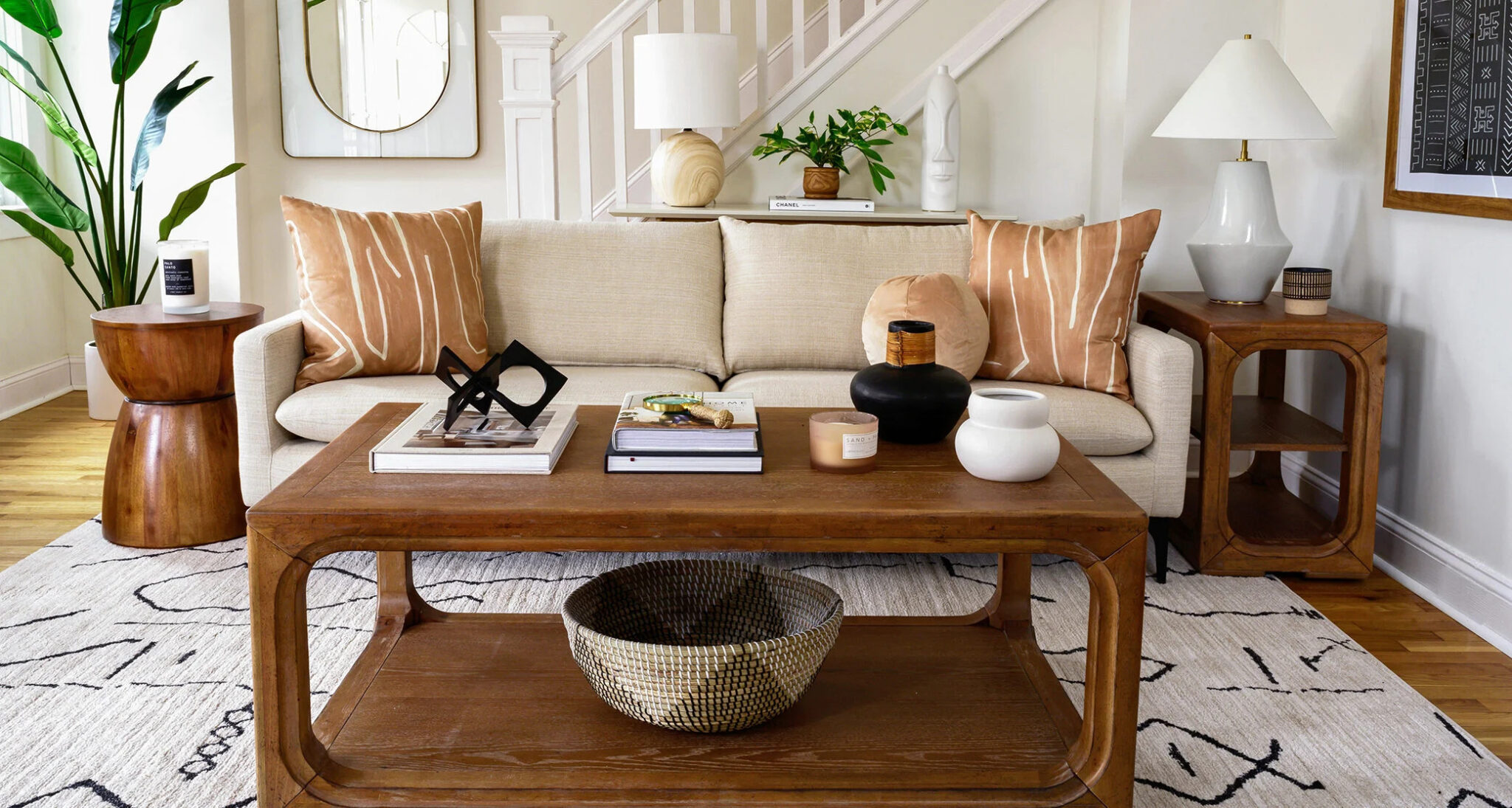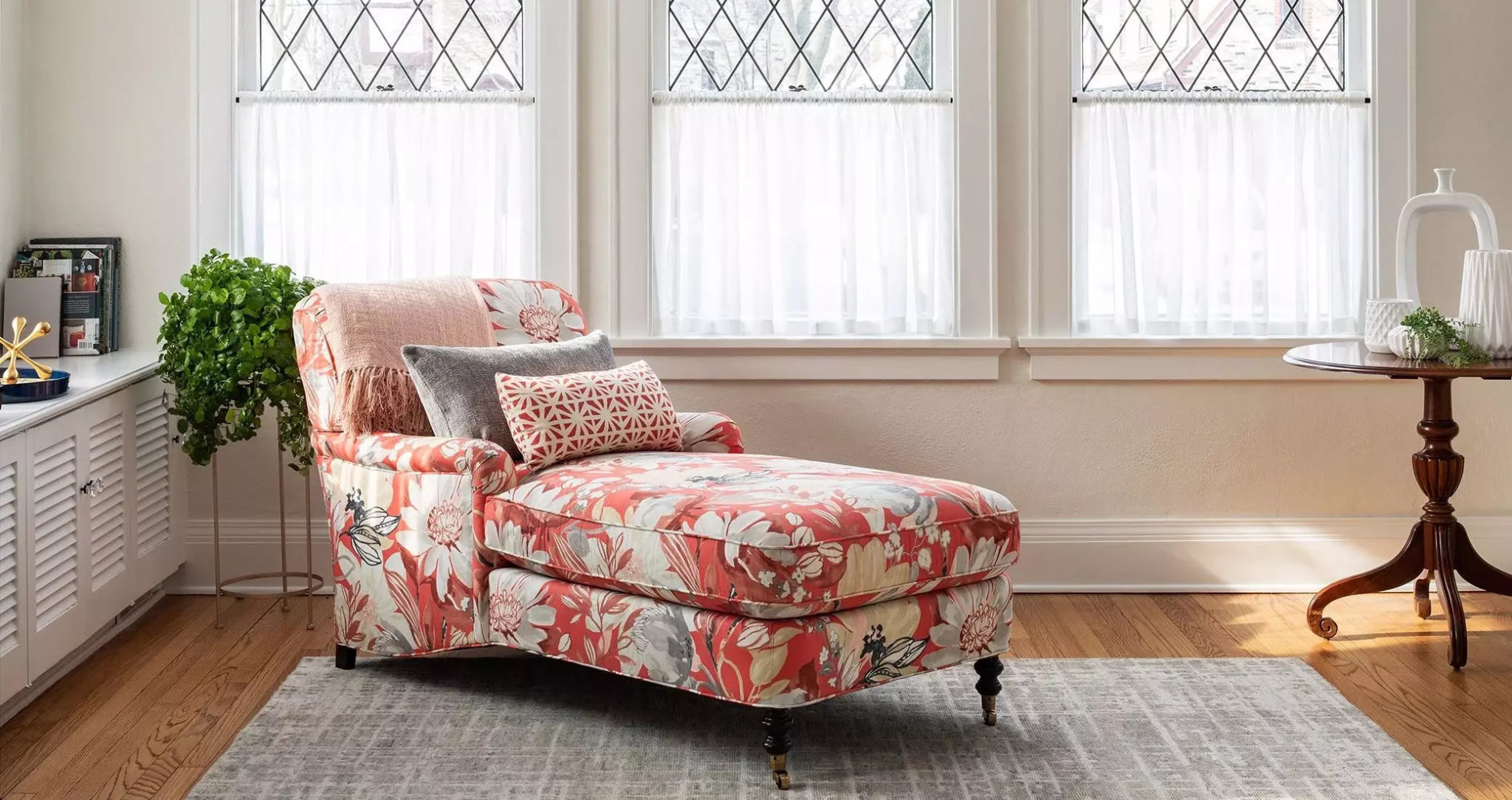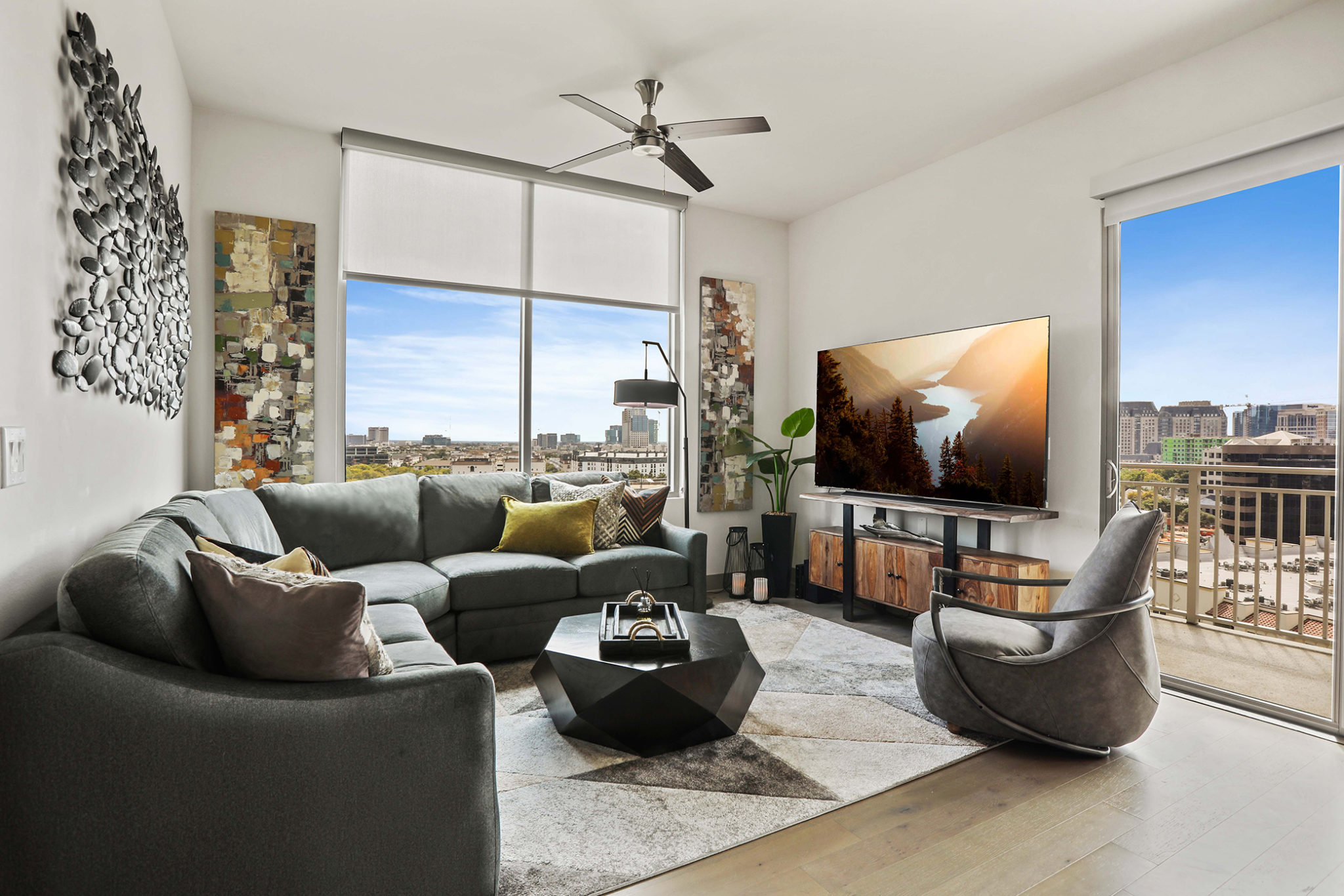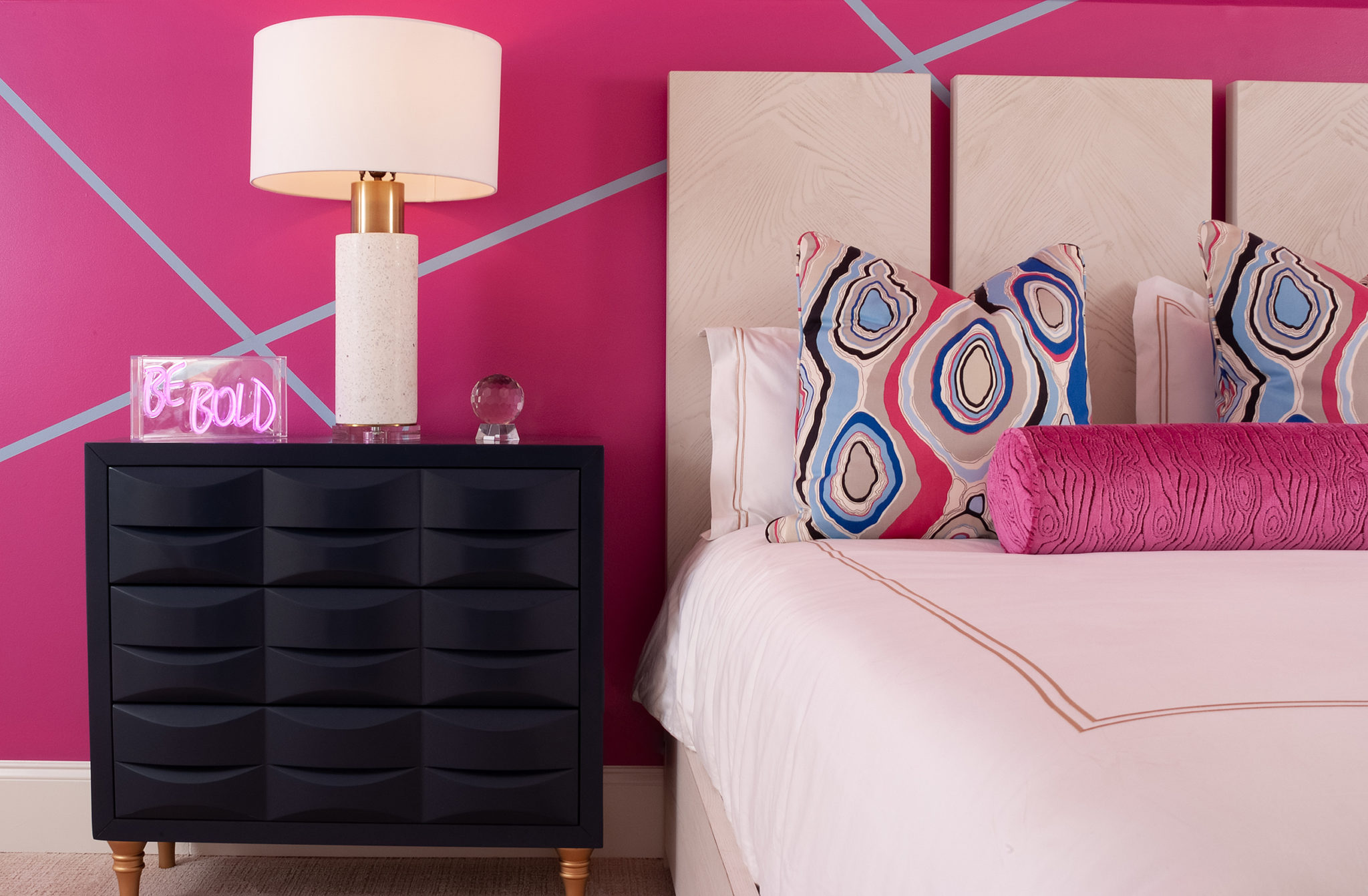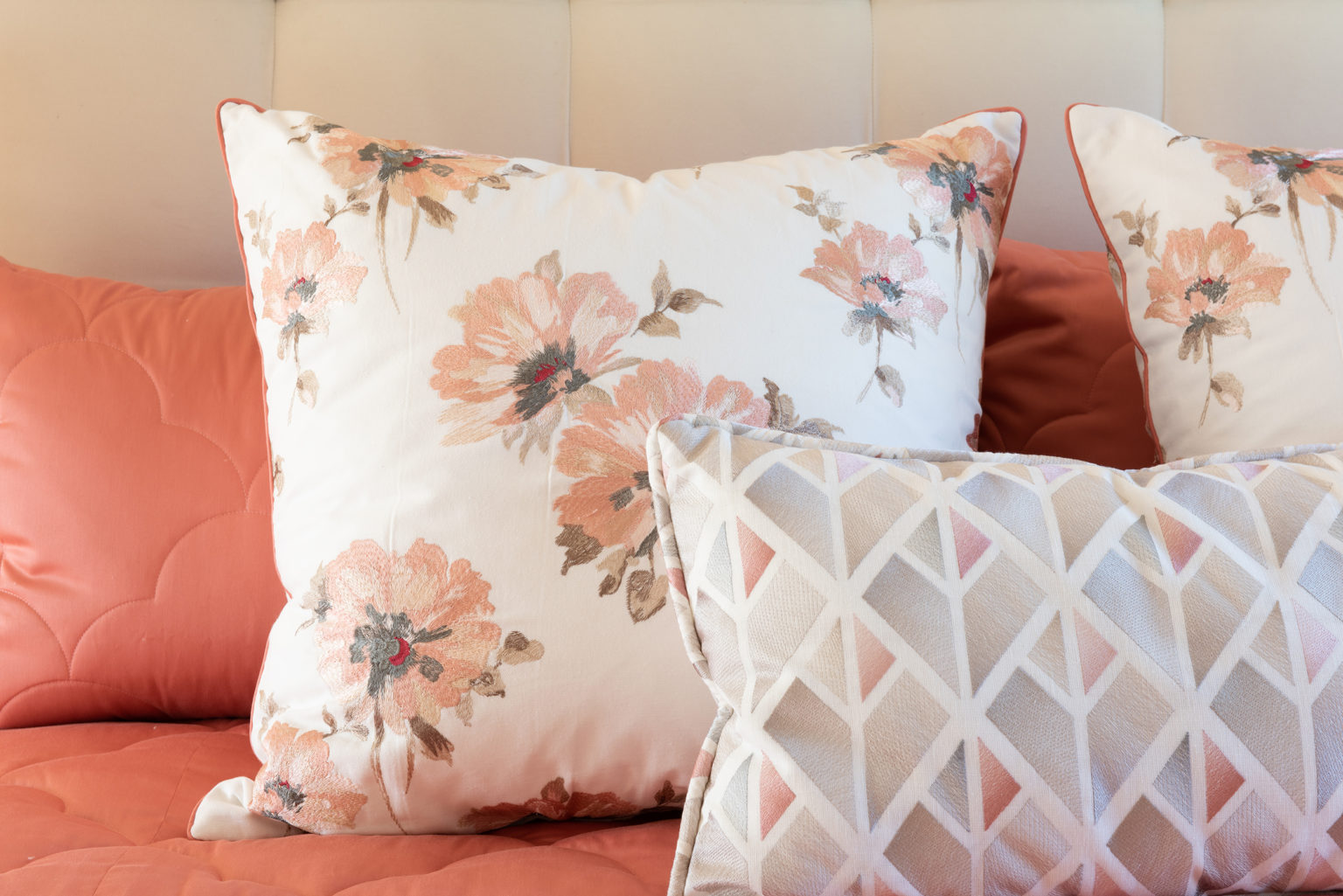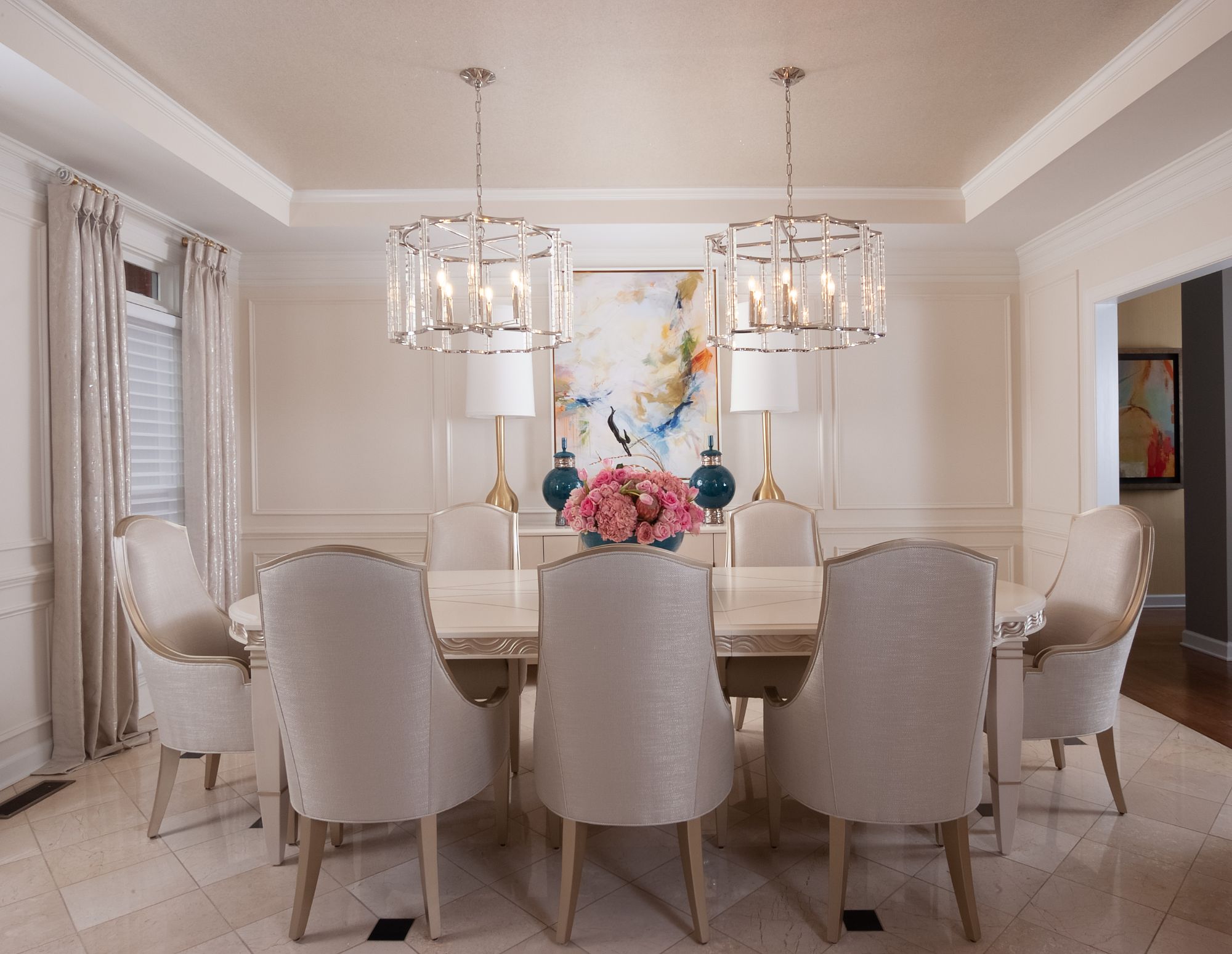The artwork you select says a lot about you. No matter whether it’s an abstract painting or sculpture, a black and white photo or collection of vases, it should mean something to you. Once you’ve selected the perfect artwork, here are some rules of thumb you can use when you are ready to display it.
- If you are hanging one piece of art on a wall, the center of the piece should be at eye level. This translates to an average of about 62” from the floor to the center of the image.
- The bottom of anything hung on the wall should start 4-12 above the piece of furniture it’s hanging over. However, you don’t have to hang artwork; it can lean against the wall when placed on a shelf or mantle.
- Sculpture can be very impactful. Plan your lighting and display options such as a pedestal or riser that brings it into view. Often you can place it in and area or on a piece of furniture so that it can be appreciated from all sides. Sculpture placed in front of a mirror will also allow you to view it in its entirety.
- You can pull colors from your artwork to use throughout the room (walls, throw pillows, area rugs, etc.) Stick to one or two and repeat them at least 3 times. That validates the color selections as a design intention.
- Proportions matter if your artwork is the focal point. Take measurements – a piece that’s too small can get lost and a piece that’s too big can be overwhelming. For instance, if you will be placing a piece of art over a drawer chest that is 40” wide, your art dimensions should be more like 30-36” wide so that the furniture can anchor the vignette.
- If you want to create a gallery wall, plan it out on the floor in advance. You want to make sure the spacing is correct and that everything looks put together. Measure before you move things and start hanging them!
- For gallery displays, it helps for ease of hanging if the frames are all the same size and the spacing between each is equal. If they aren’t, you can use align them by making sure all of the centers follow the 62” from the floor rule.
- For rotating galleries, you can swap pieces out on the wall or line up different sized elements along a long shelf.
- Make sure there is visual balance in a gallery wall. Larger, darker and heavier items should usually be at the bottom.
- When displaying multiple objects, it’s best to use odd numbers.
- When you frame artwork, the mat and frame should go with the piece and not the room. That way the artwork will look great no matter where you put it. If the piece is framed correctly but doesn’t flow with the other pieces in the room, it could just mean that it needs to go in a different space.
Artwork shouldn’t be an afterthought. It can give your room the finishing touch that pulls it all together. Buy artwork because you love it and like anything else you love, it should bring you joy. After all, your home should be your sanctuary and artwork that evokes a happy feeling is sometimes just what you need to achieve that.

